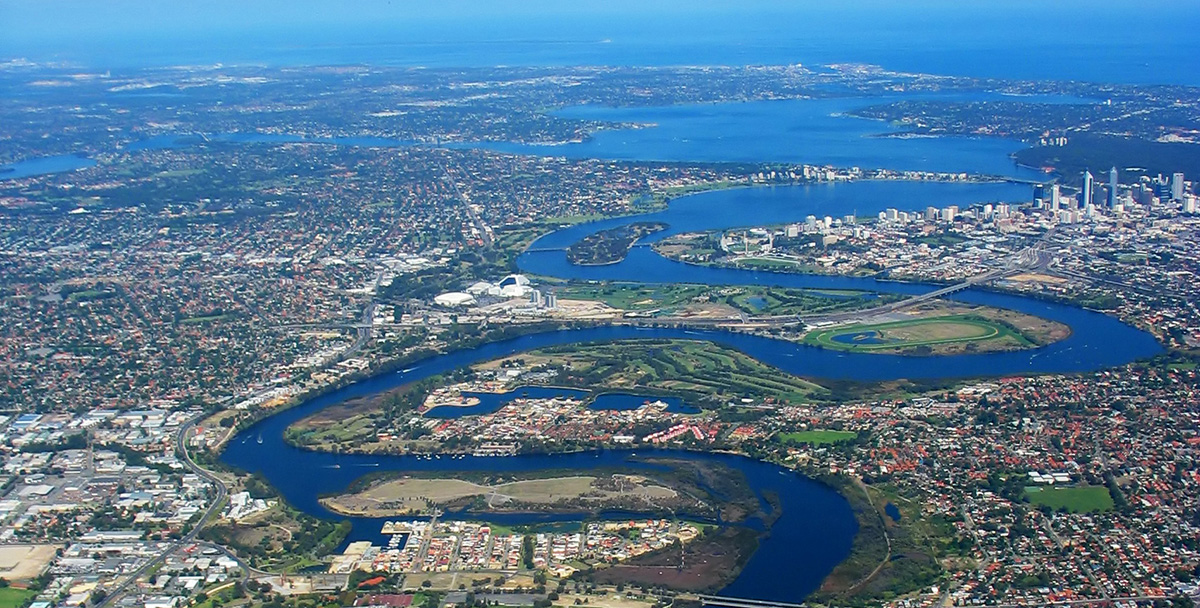World Water Day 2022 – Groundwater, making the invisible, visible
World Water Day, held on 22 March every year, celebrates water and raises awareness of the 2 billion people living without access to safe water.
In 2022, the focus is on groundwater – Making the invisible, visible.
Groundwater is water found underground. In many countries, it supplies a large proportion of the water people use for drinking, sanitation, food production and industrial processing. It is also plays a critical role in supporting healthy ecosystems, including wetlands and rivers. In many cities, and for too long, groundwater has been considered separately from other parts the urban water cycle. This is changing, with the help of ‘water sensitive cities’ thinking and research.
In Australia, a good example of this is Perth, where groundwater now provides around 70% of the city’s water. Knowing how to use this important water resource sustainably and how to manage development in areas affected by high groundwater were important research questions examined by the Cooperative Research Centre for Water Sensitive Cities (CRCWSC). This Commonwealth-funded research-to-practice organisation brought together researchers from Monash University, other universities and industry to explore urban water management issues.

Importantly, the CRCWSC’s research considered not just the technical issues associated with groundwater. It also considered the community’s perception of novel solutions such as using recycled water to replenish groundwater storages (as part of Project 3.1, Better governance for complex decision making). Community understanding and perceptions of water – its sources, availability and quality – can significantly affect the success of projects aimed to make our cities more water sensitive.
The CRCWSC’s research also explored the implications of groundwater for the development sector. For example, Project B2.4 (Hydrology and nutrient transport processes in groundwater/surface water systems) explored the interactions between groundwater and surface water and how they affected water sensitive urban design. Building on this initial research, Integrated Research Project 5 (Guiding urban water management in areas that experience high seasonal groundwater) then provided advice on managing urban development in areas affected by high groundwater (i.e. where the water table is within 4 m of the natural ground surface). IRP5 had 2 main objectives:
- provide guidance for planning and designing urban developments in high groundwater areas, building on practitioners’ and researchers’ experience and knowledge of the Swan Coastal Plain
- making recommendations for further research, data and information collection or methods that may improve the guidance over time.
You can find more research on groundwater on the CRCWSC’s Knowledge Platform.